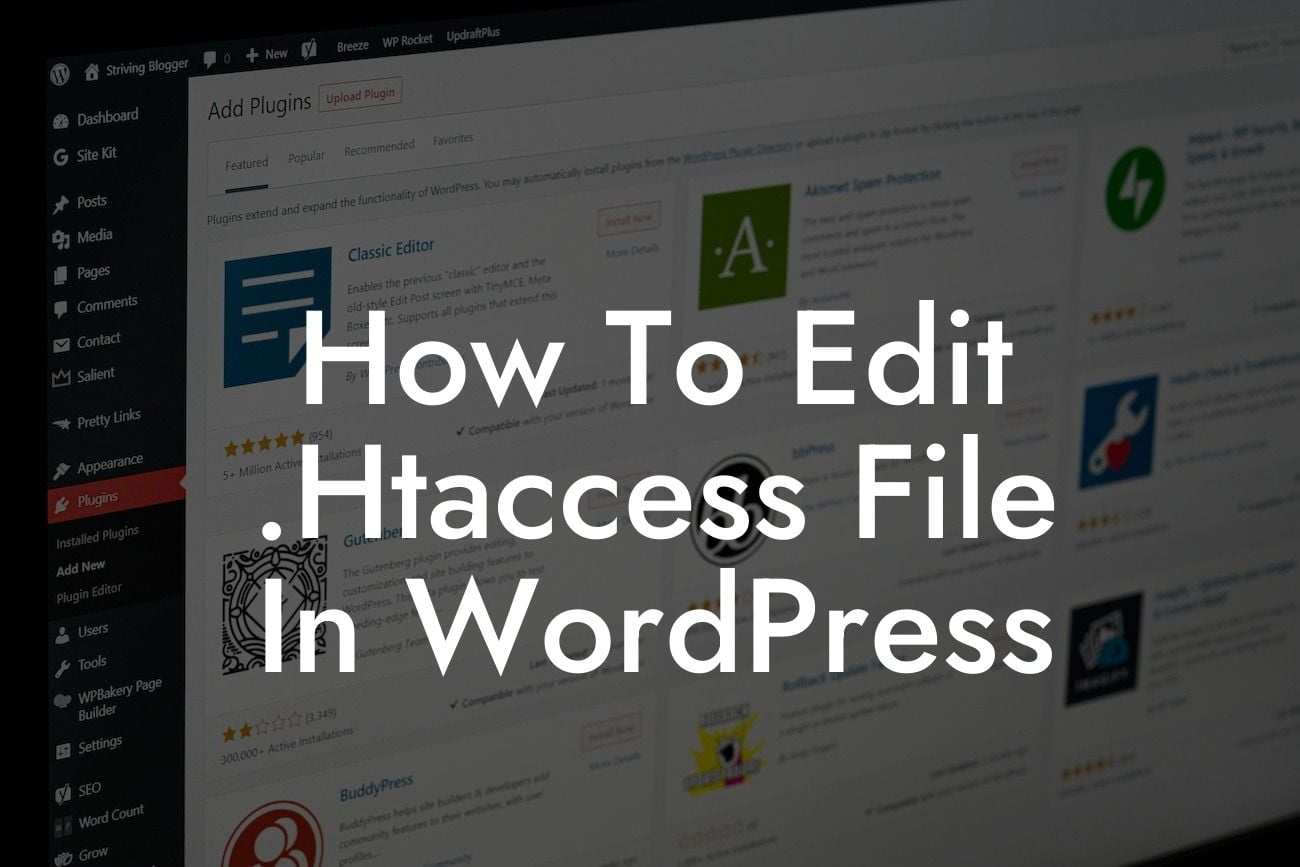Editing the .htaccess file in WordPress might seem intimidating to some, but with the right guidance, it can be an incredibly powerful tool in enhancing your website's performance and ensuring top-notch security. In this comprehensive guide, DamnWoo will walk you through the step-by-step process of editing the .htaccess file in WordPress, equipping you with the knowledge and skills to take complete control of your website's functionality.
At DamnWoo, we understand that small businesses and entrepreneurs are always looking for ways to optimize their online presence. And one of the most effective techniques to achieve this is by fine-tuning your website's .htaccess file. This file is a configuration file that allows you to modify various aspects of your website's behavior without touching the core WordPress files.
In this section, we'll cover crucial points to keep in mind before editing the .htaccess file in WordPress. We'll highlight the importance of backing up your website and outline the steps to access the file safely. Additionally, we'll explain the syntax used in the .htaccess file and provide examples of common modifications, such as redirecting URLs, handling server errors, and blocking specific IP addresses.
Moving forward, we'll delve into more advanced techniques to optimize your website's performance through the .htaccess file. We'll guide you through the process of enabling browser caching, leveraging Gzip compression, and implementing HTTP/2, among other tactics. Each technique will be explained in detail, and we'll provide you with the necessary code snippets and instructions to seamlessly implement them.
How To Edit .Htaccess File In Wordpress Example:
Looking For a Custom QuickBook Integration?
To illustrate the practical application of editing the .htaccess file, let's consider a scenario where you want to implement 301 redirects for outdated URLs on your website. We'll guide you through the steps of writing the redirect rules in the .htaccess file, ensuring that visitors accessing outdated URLs are automatically redirected to the relevant, updated pages. This simple yet powerful technique not only enhances user experience but also has a positive impact on SEO.
Congratulations! You've unlocked the potential of the .htaccess file in WordPress. By following DamnWoo's comprehensive guide, you've gained the knowledge to optimize your website's performance, strengthen its security, and create an extraordinary online presence for your small business or entrepreneurial venture. Don't forget to share this article with others who can benefit from it, explore other guides on DamnWoo, and try out one of our awesome WordPress plugins to take your website to new heights. Remember, at DamnWoo, we craft extraordinary solutions for extraordinary entrepreneurs like you.













